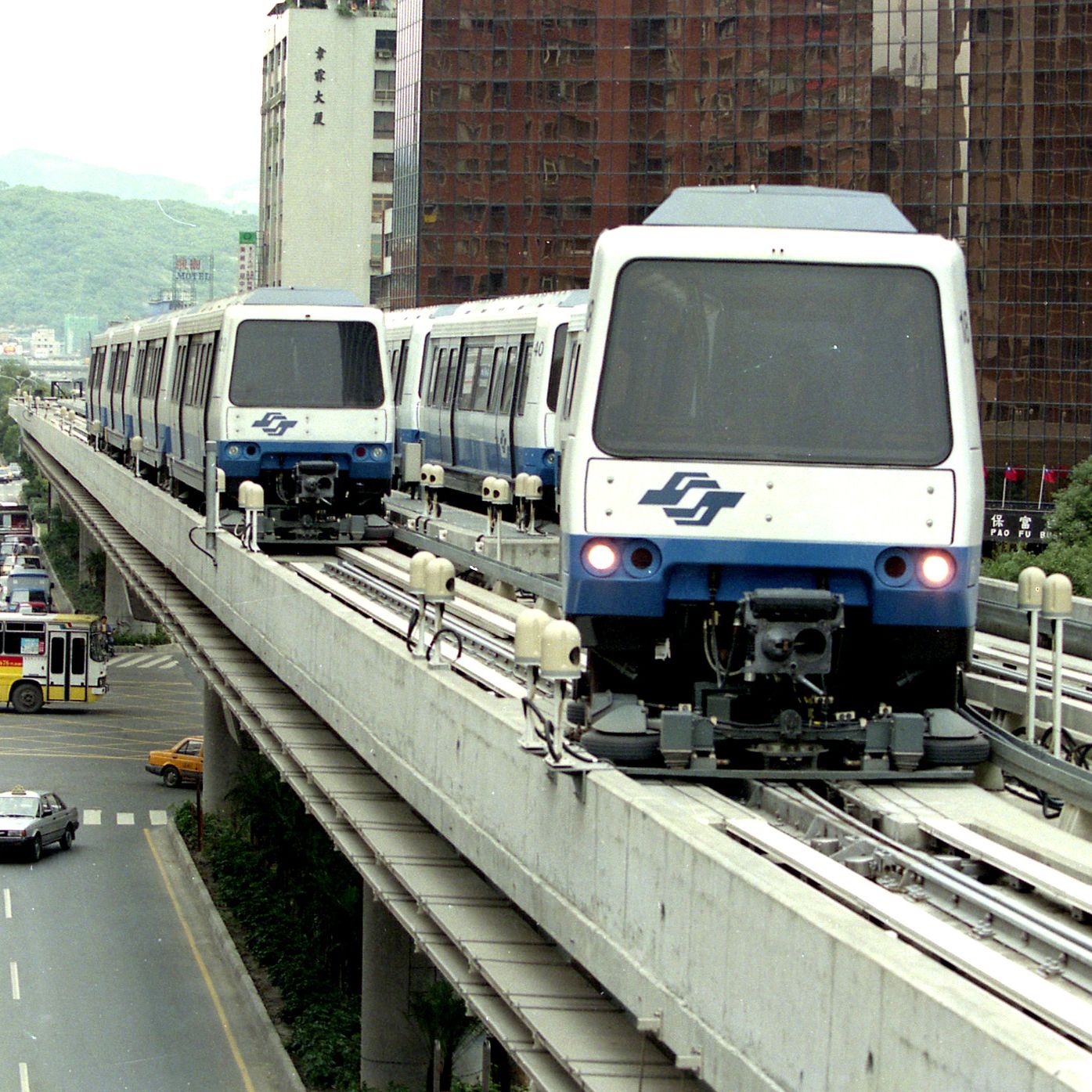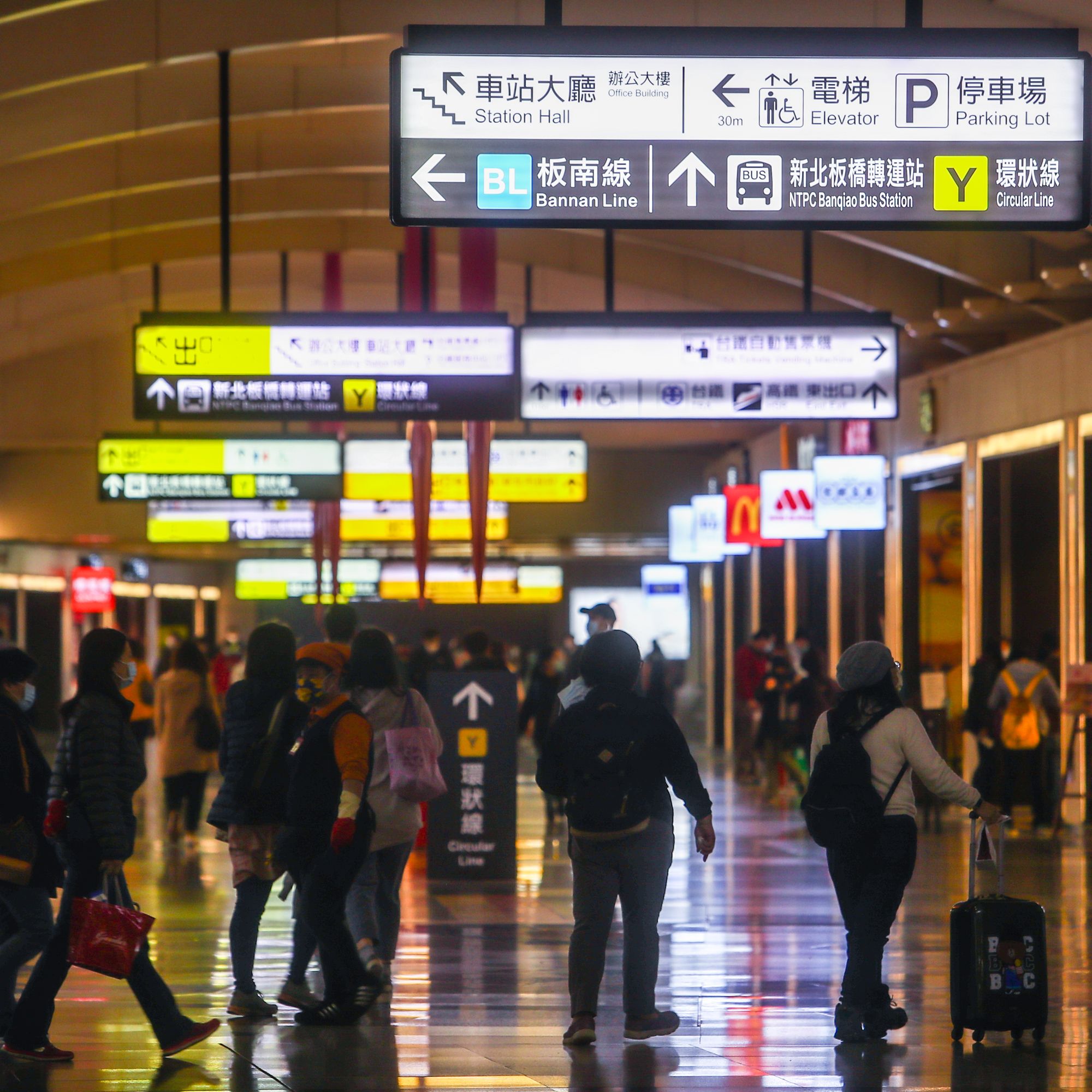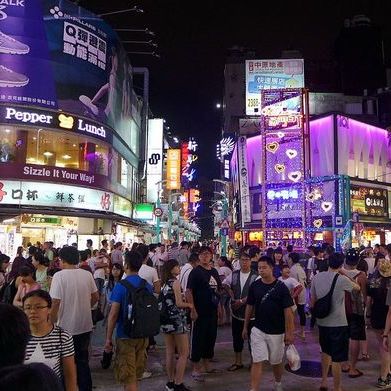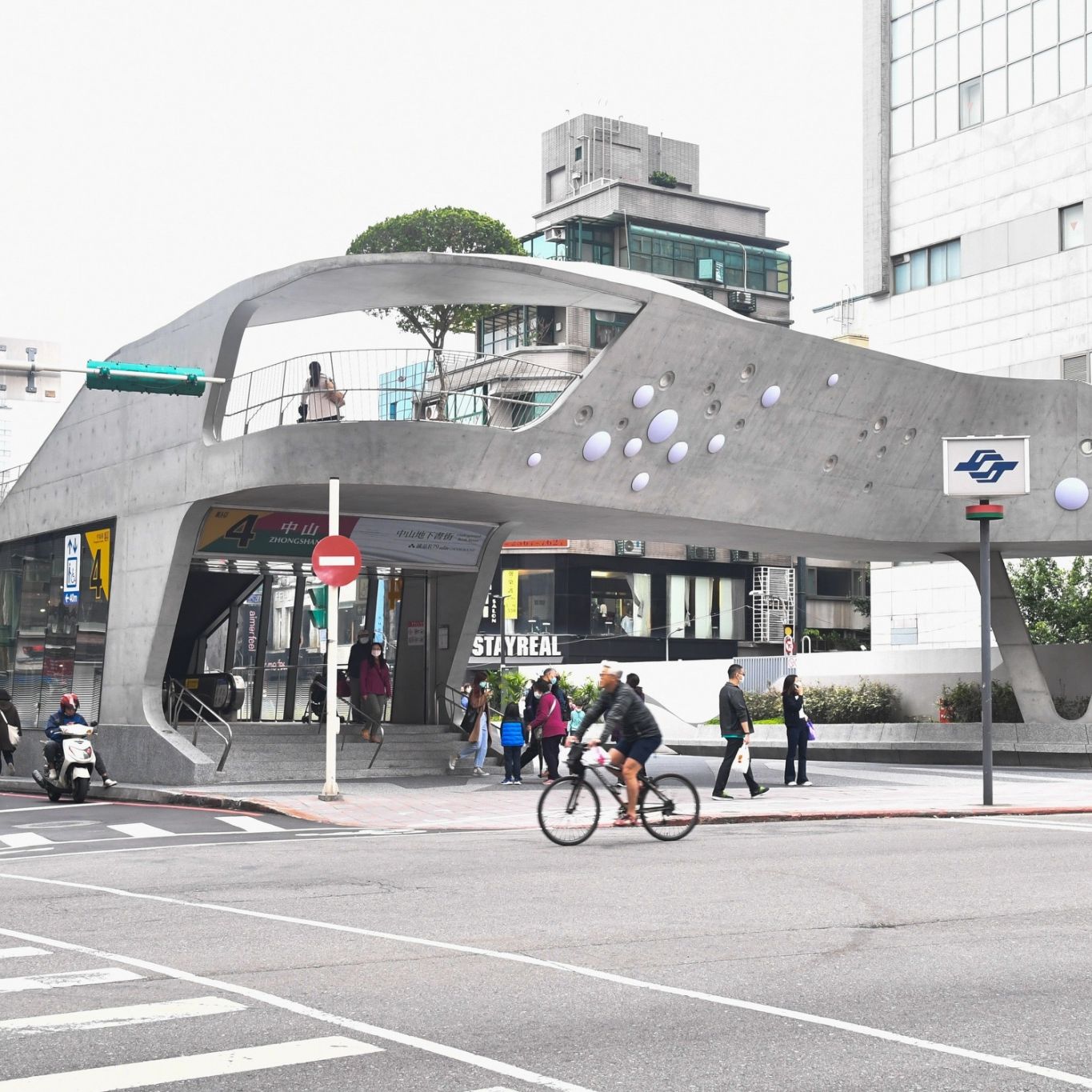












In March 1996, the Taipei Metro formally began operations with the opening of its Brown Line, which has 12 stations between Zhongshan Junior High School and Taipei Zoo. The average daily ridership hit 40,000 during its first year. In 2019, Taipei Metro's average ridership hit 2.16 million per day, while the total ridership of the network from the beginning of its operations hit 10 billion on March 31 that year.
The expansion of the metro network has gradually changed the lives of people living in the Greater Taipei area. A ban on food and drinks, along with good maintenance, also established the image of a clean environment. The launch of the EasyCard system and the adoption of other card payment systems has also created an impact on people's lifestyles.
CNA's Media Lab presents this Taipei Metro Special for readers to see changes in passenger traffic at key stations and look back at how Taipei has changed in the past over two decades because of the growing metro network.
Punctuality, safety and convenience have been attributed to Taipei Metro’s growing passenger traffic.
While Taipei Metro began its services with the launch of the Brown Line in 1996 and the Red Line in 1997, it was the opening of the Blue Line connecting the two lines in 1999 that doubled the network's ridership to a daily average of 740,000 passengers in 2000.
Despite the expanding network, Taipei Metro’s ridership numbers have been hit by three major events in its history of over two decades, including the ongoing COVID-19 coronavirus pandemic.
Typhoon Nari, 2001
In 2001, Typhoon Nari caused serious flooding across the Greater Taipei area, and 16 underground metro stations, including a main control center in Taipei Main Station were inundated. A column in the Taipei Main Station marks the water level at the time and bears a plaque telling of the city's three-month effort to bring operations back to normal.


The flooding shut down the underground sections of the Blue and Red lines -- the two major arteries of the network at the time. The Blue Line was first normalized within a month, but it took three months for the Red Line to resume normal services.
During that period, Taipei Metro saw ridership drop from a daily average of 930,000 passengers in August to 540,000 in September and 490,000 in October. Hundreds of thousands of commuters turning to alternative transport options caused chaos on the roads.
Taipei Metro has since learnt its lessons, improving flood prevention measures and enhancing infrastructure to make the network better-prepared for typhoons.


Severe Acute Respiratory Syndrome (SARS) outbreak, 2003
Taiwan confirmed its first SARS cases in March 2003, and the outbreak peaked the following month. The outbreak, which lasted for nearly four months in Taiwan, took 73 lives among the 346 infections recorded.
The outbreak created worry among the public regarding taking public transportation, including the metro system, which saw its ridership numbers drop from an average of 940,000 per day in March to 86,000 in April and 600,000 in May. It was not until September that ridership figures returned to the same level as the previous year.

The COVID-19 conoravirus outbreak, 2020
On Jan. 21, 2020, Taiwan confirmed the country's first COVID-19 case. To prevent the spread of the disease, Taipei Metro first set up temperature-monitoring equipment at key stations to prevent people with fever from traveling on the network. Face masks became mandatory on public transportation from early April.
Compared with the average daily ridership numbers of 2.16 million in 2019, Taipei Metro saw the numbers decline to 2.01 million in January 2020, 1.83 million in February, 1.72 million in March and 1.51 million in April. Besides a drop in the number of commuters, the loss of tourists is also another contributing factor after Taiwan banned most foreign visitors from entering the country.
Tourism Bureau statistics showed a 63 percent drop in the number of visitors to Taiwan in February. Taiwan further banned entry of most foreign nationals, with few exceptions, such as diplomats, on March 19.
According to a Google survey conducted by using users' location data to gauge their movements during the COVID-19 pandemic, Taiwan saw a 24 percent drop in visits to public transportation spots such as metro stations between January and February. The drop was relatively small when compared with declines in other countries, including Italy's 87 percent, the United States' 51 percent and Japan's 41 percent.

